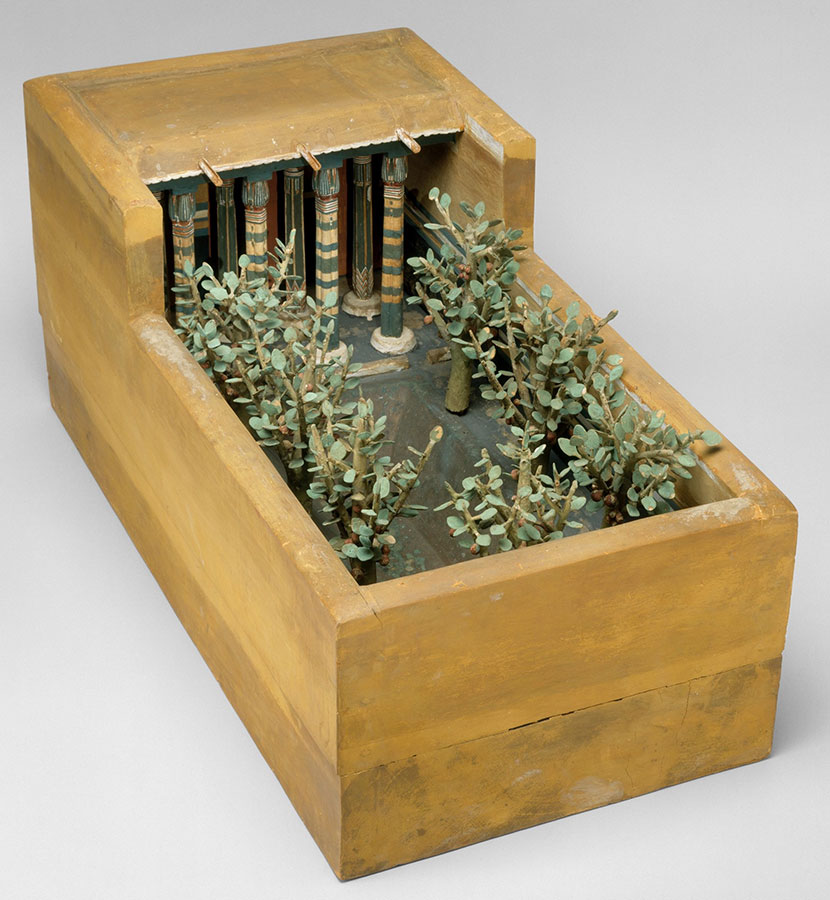
Gardens in Ancient Egypt
When you imagine life in ancient Egypt, gardens probably don't automatically spring to mind. Marion Servat-Fredericq from our Antiquities team explores the important role they played in life and death.

The garden can often be seen as a human effort to domesticate the natural world, but the arid environment of Egypt meant that it was difficult to grow trees and plants away from the Nile River.
Gardens were expensive to build and required a high level of maintenance, however information from tomb depictions, archaeological remains and texts from the Pharaonic period suggests that gardens were very popular and were built within wealthy households, royal palaces, religious and mortuary temples and tombs.
A typical garden in ancient Egypt was made of three components: an enclosure wall, a water pond, well or canal and trees, flowers and vegetables.

Like anywhere today, fruit grew wildly in ancient Egypt and people also grew fruit, vegetables, and flowers in their gardens. While photographing Egyptian objects for our online collections, I came across the remains of ancient Egyptian fruit which were left in tombs as funerary offerings for the deceased: pomegranates, grapes, figs, dates, persea fruit, dom palm fruit, but also barley, wheat, even lentil seeds and watermelon seeds! I was amazed to see how all these fruits and seeds were so well preserved after thousands of years!
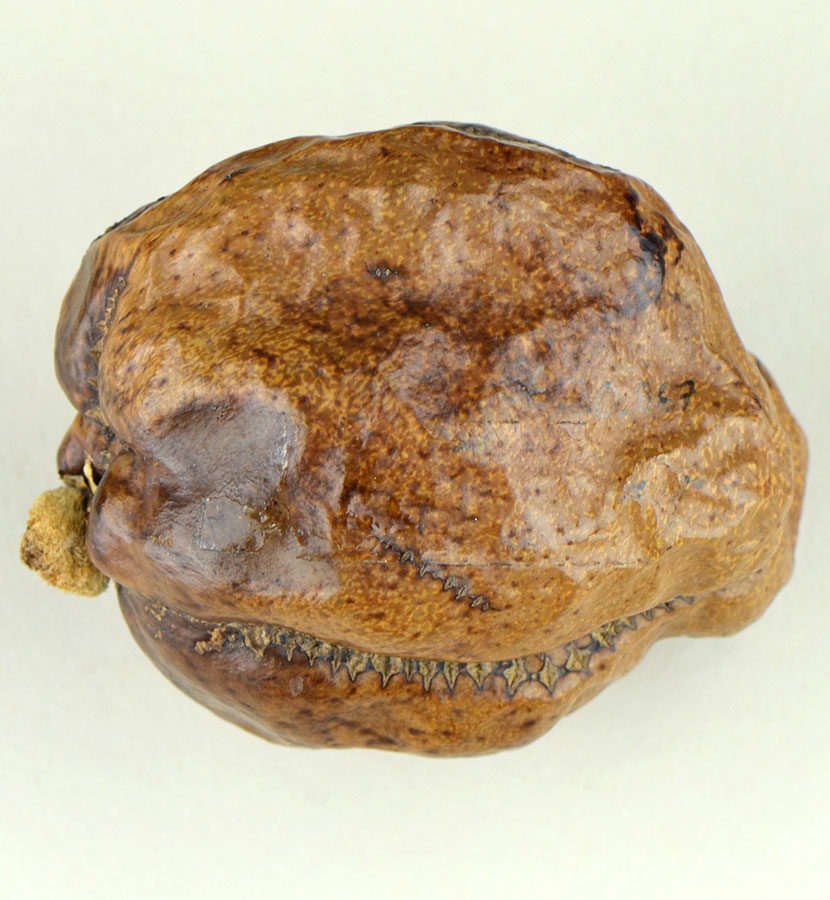
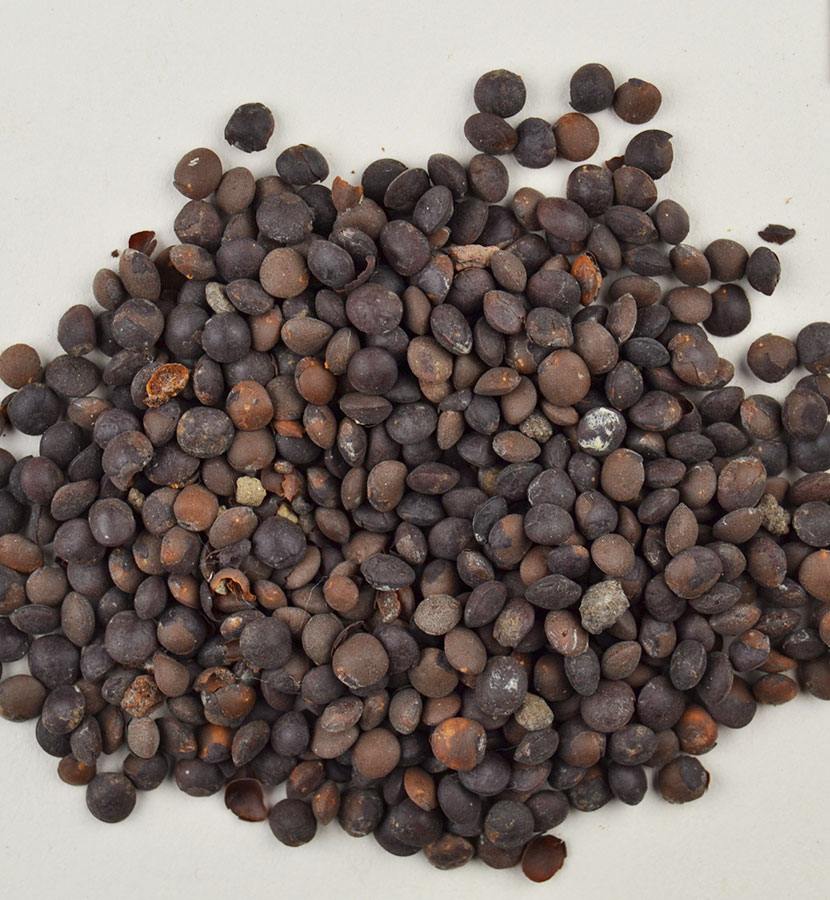
The ancient Egyptians grew garden vegetables, herbs and spices including onion, lentils, leek, cucumber, lettuce, fennel, coriander and cumin. They also grew sycamore fig trees, date and dom palms, persea, pomegranate, carob and tamarisk trees, as well as papyrus, lotus, mandrake, cornflower, poppy and marshmallow plants. Vine plants were popular for making wine. From tomb scenes of the 18th Dynasty, we also know that fish and fowl were kept in gardens as they were a diet staple and traditionally used as food offerings.
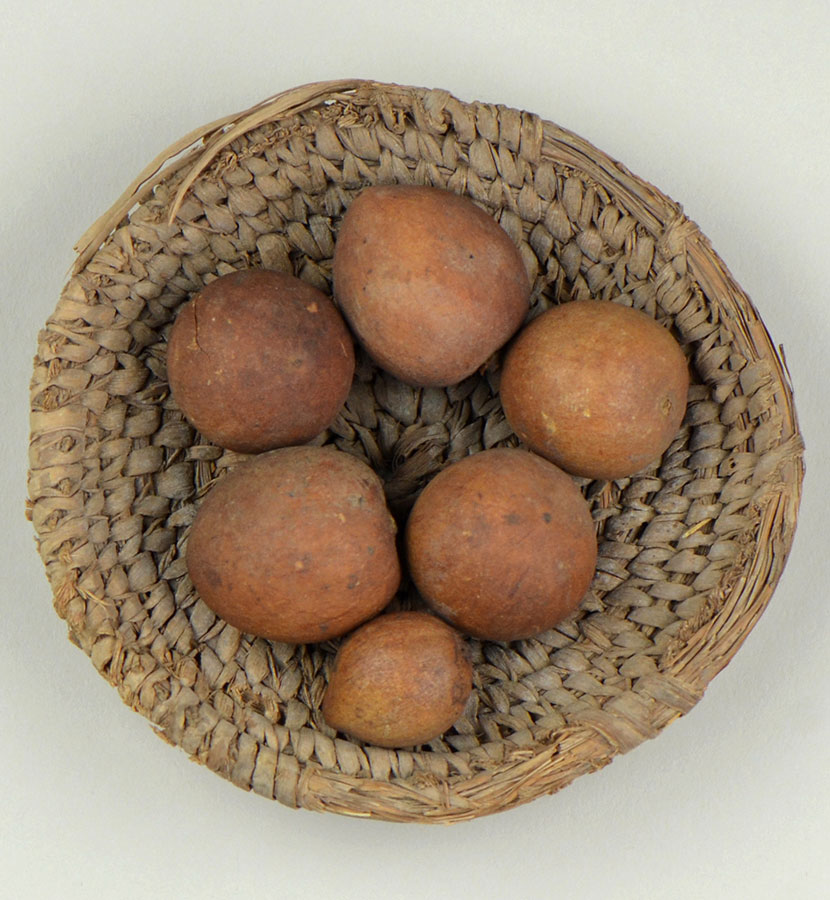
Not just an important source of food for everyday cooking and eating, gardens also provided raw ingredients and materials for religious and funerary offerings, and for making ornamental bouquets, garlands, collars, cosmetics, perfumes, medicinal remedies, building materials, and various everyday objects such as baskets, ropes, mats, sandals, candle wicks and writing materials.
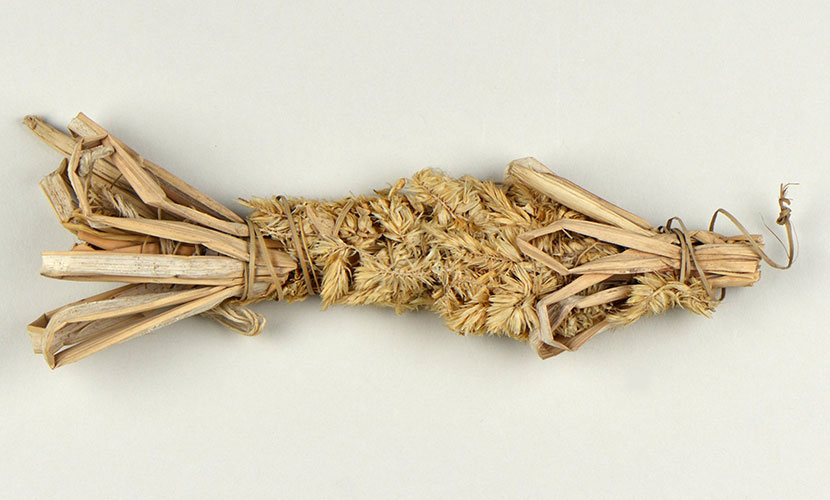
Trees and plants had symbolic meanings, often related to fertility and rebirth. For example, the date palm was associated with the sun god Re, and the dom palm was associated with the moon god Thoth. Both stood for rebirth and nourishment. The lotus flower was linked to the myth of creation: the sun god Re emerged from a lotus flower in the primeval waters, thus the lotus was a symbol of rebirth and fertility. Gardens depicted on tomb walls and models of gardens placed in tombs served to help the deceased to be reborn and provide sustenance in the afterlife.
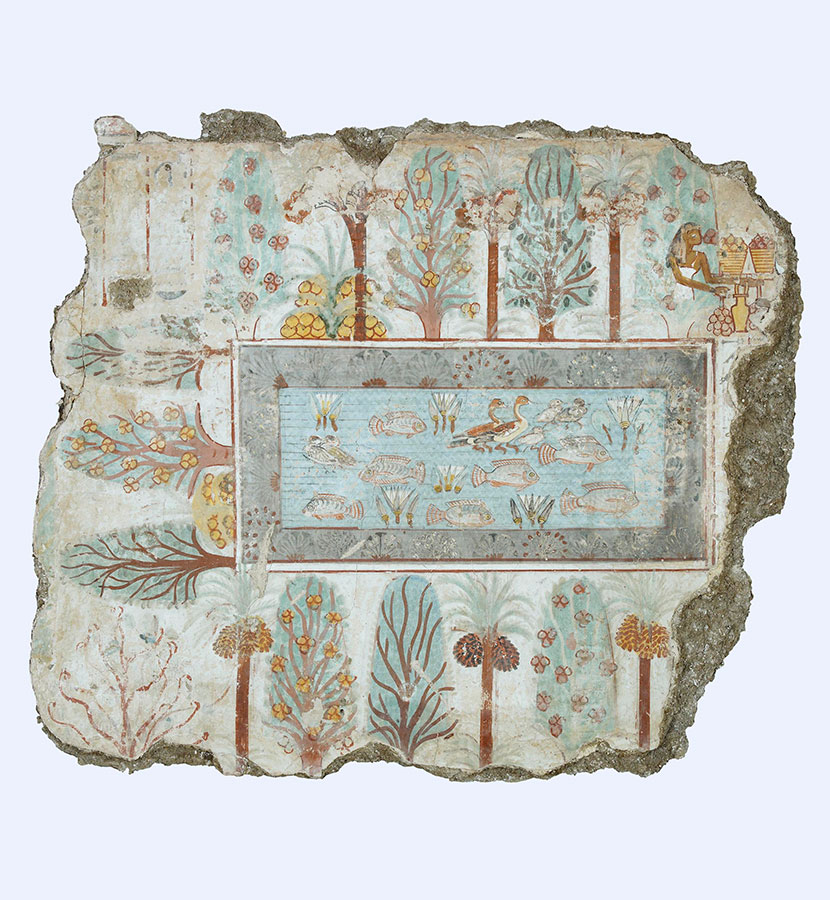
Chapels were built in gardens for religious or funerary worship. Archaeologists who excavated wealthy private houses at Tell el-Amarna - the capital city built by king Akhenaten in the late 18th Dynasty - uncovered remains of statues and stelae dedicated to the royal family and the sun-god Aten. They also found the remains of offering tables, altars and fragments of scenes from the walls of these chapels depicting scenes of religious worship.
Finally, gardens were associated with love and eroticism and were often mentioned in ancient Egyptian love poetry. Gardens, orchards and parks in love poems are usually places where lovers meet, and where music, drinking and dancing take place.
Finally, gardens are often mentioned in ancient Egyptian love poetry, where they are associated with love, fertility and eroticism. Gardens, orchards and parks in love poems are usually places where lovers meet, and where music, drinking and dancing take place. This poem describes how the little sycamore tree invited a girl to organise a celebration in the orchard:
It [the sycamore tree] put a message in the hand of the young girl,
The daughter of the Overseer of trees
(And) made her rush to the beloved:
“Come, spend some time among the youths,
The vegetation celebrates its day,
A pavilion and a tent are under me,
Your gardeners are joyful,
They rejoice at the sight of me.
Have your servants brought in front of me,
Equipped with their instruments.
One will be drunk (just) by running to me,
Before having drunk.
Listen to me,
Make them come carrying their equipment,
So that they may bring all kinds of beer,
All sorts of bread,
Numerous vegetables from yesterday and today,
All fruits for enjoyment.
Come and spend a beautiful day,
Morning after morning for three days,
While you are seated
in my shade.”
Her companion is on her right,
While she is making him drunk,
Following what he says.
The room of beer is confused with drunkedness,
She remains with her lover.
Her secret is under me,
When the girl takes her stroll.
I [the sycamore tree] remain discreet, not saying what I see.
I will not say a word.
(Papyrus Turin 1996, beginning of the Twentieth Dynasty, from Deir el-Medina, Thebes).
